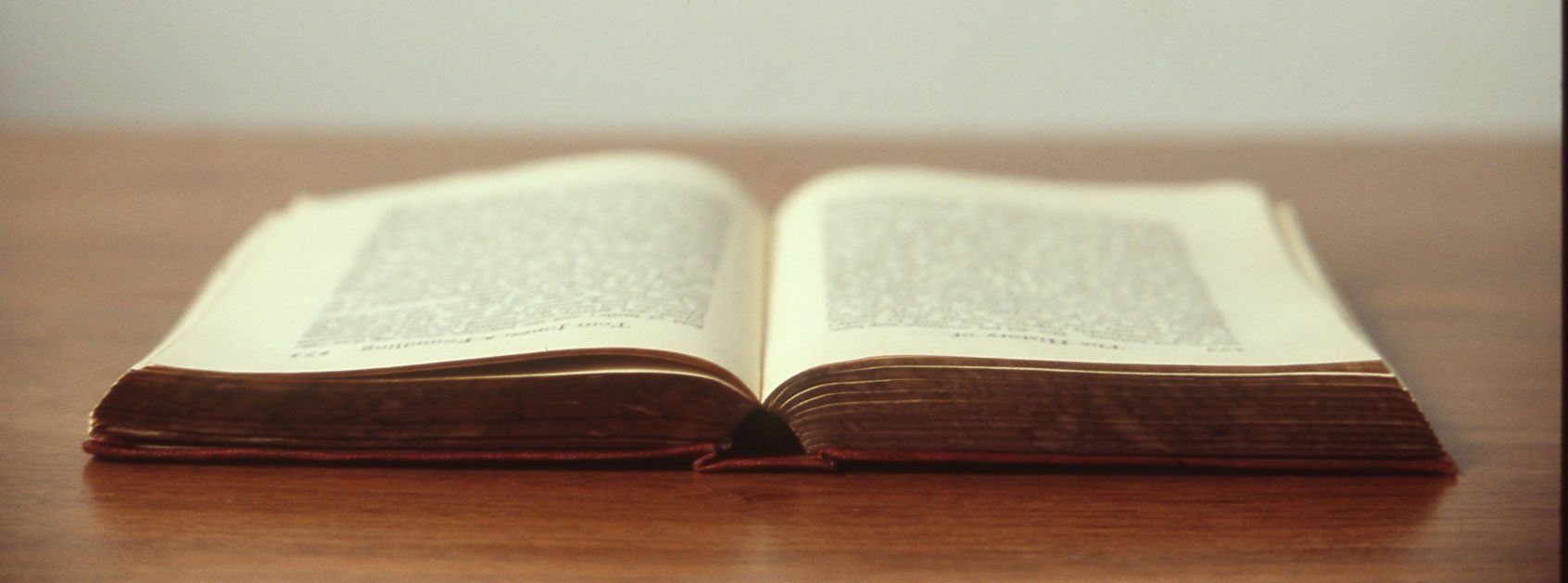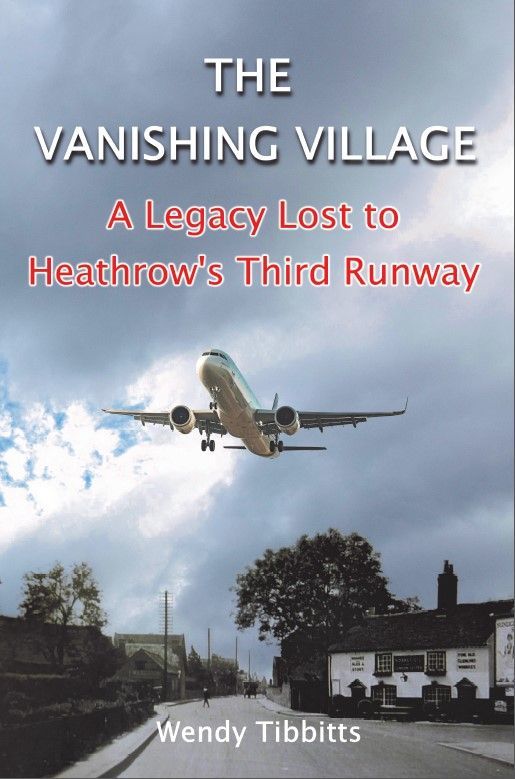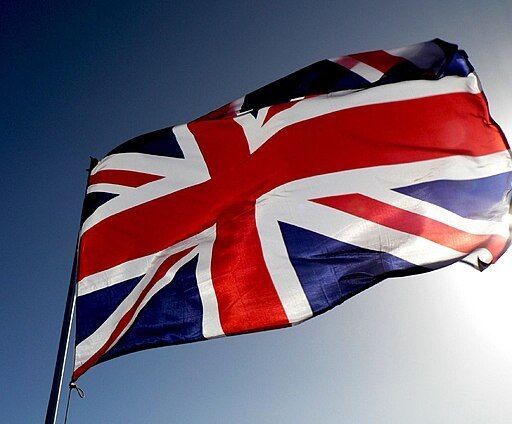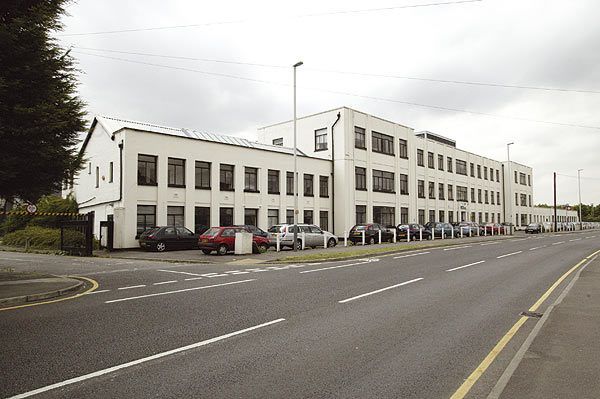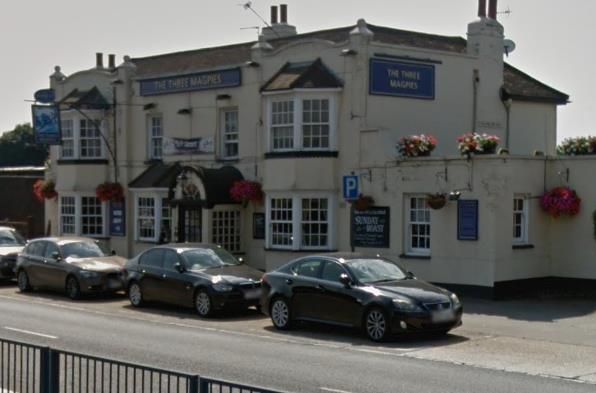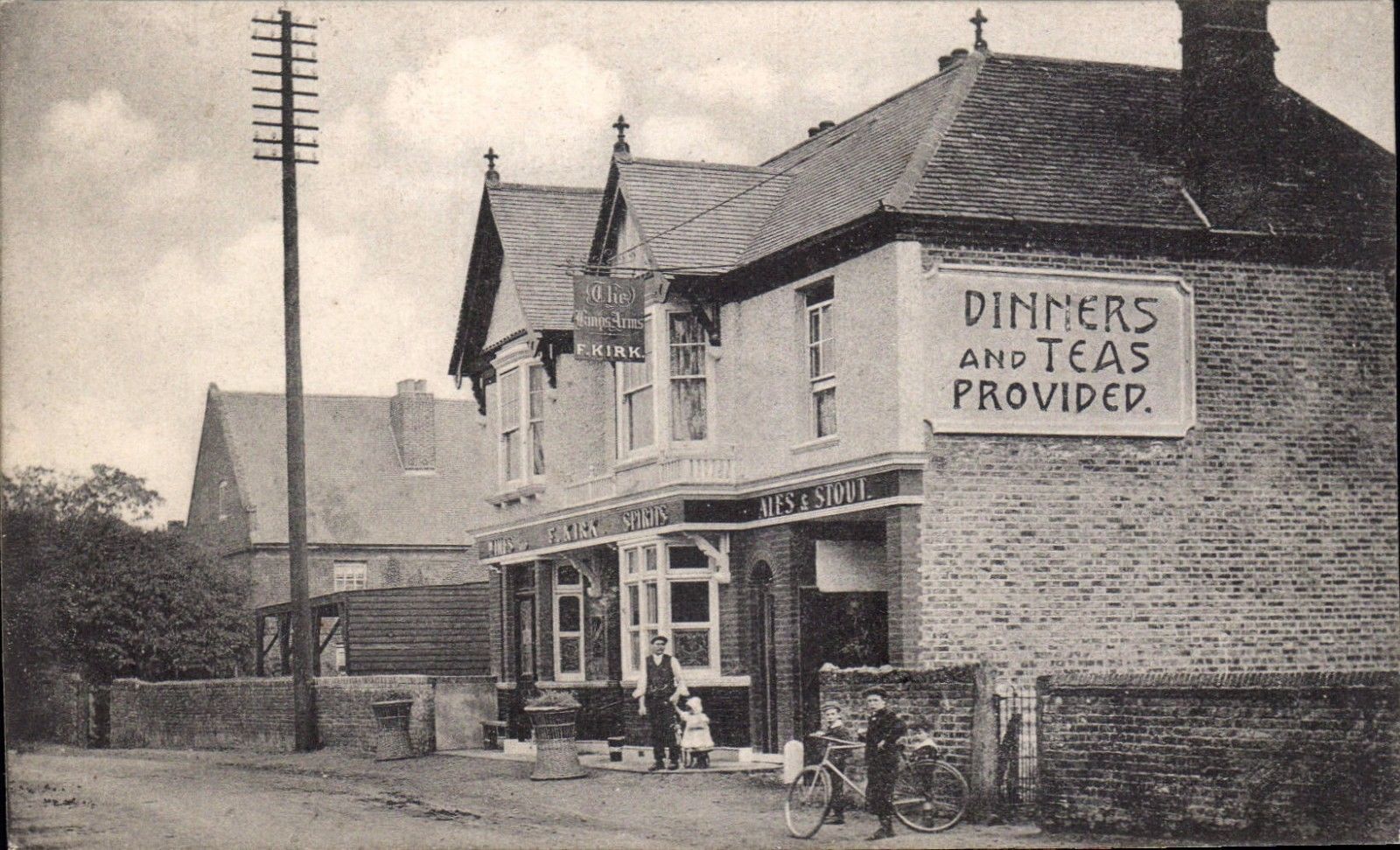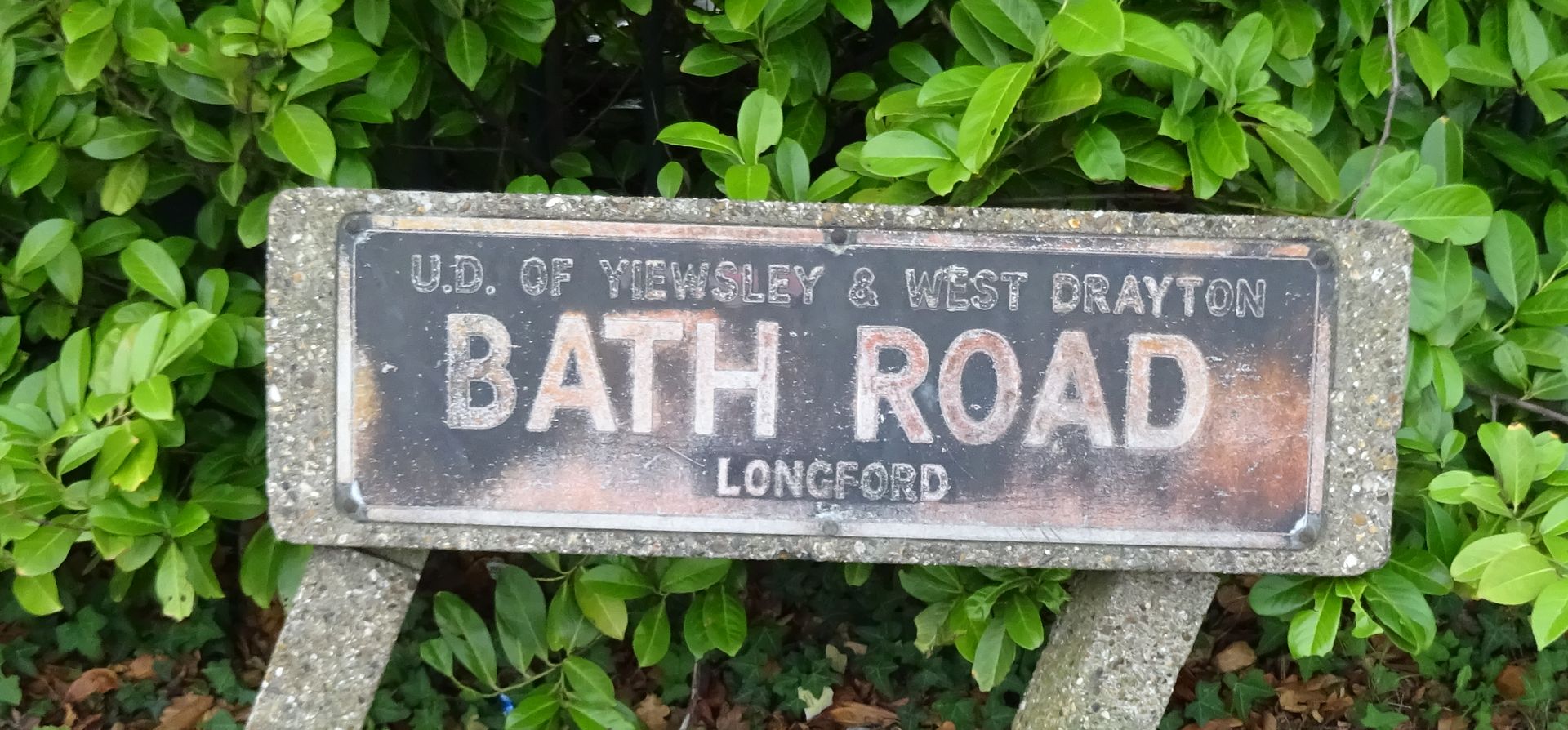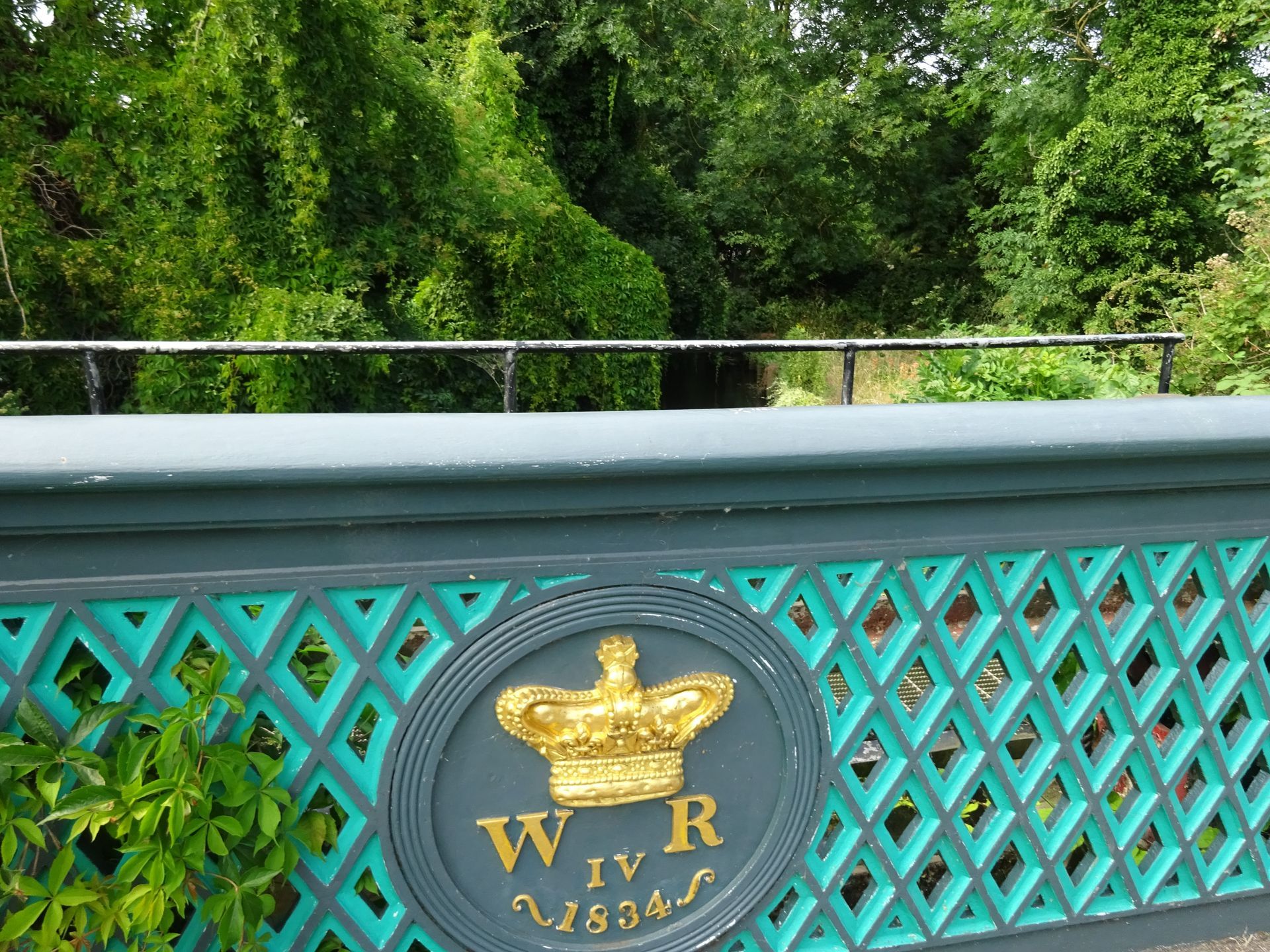How the election of 1818 changed the public attitude towards elections

The end of the second decade of the nineteenth century saw two General Elections two years apart and history has repeated itself in the same period in the twenty-first century. The current election laws are very different to those in the nineteenth century but the problems the politicians faced were not dissimilar.
The Tories had been in power for six years when the first election after the end of Napoleonic wars took place in 1818. The end of the wars had bought peace, but there was no work for the returning soldiers and the Corn Law restricted imports of wheat and pushed up the price of bread. Poverty and deprivation was causing social unrest, which the Government quashed with draconian legislation. Up to this time the members of parliament were traditionally the major landowners in the constituency area and were usually returned unopposed, but at this election more seats were being contested. People realised they had the power to change things. They did not have to suffer austerity in silence. This was the first time the public (or the small percentage of the population that were eligible to vote) realised they could make a difference. Candidates suddenly found they had to fight for their seats. They did so by inviting voters to election meetings where there was always plenty of food and drink on offer. They would arrange to convey voters to the polls, and they would use all the influence they could muster to entice people to vote for them. It was not a secret vote and afterwards the electoral list and how individuals voted was published. Therefore tenants of the candidate dare not vote against their landlord for fear of losing their farms or their patronage. Supporters were supplied with ribbons, banners and street decoration. Bands accompanied the candidates to their meetings. The candidates found that fighting for their parliamentary seats was becoming expensive.
Middlesex
In today’s 2019 election Boris Johnson is hoping to retain his Middlesex constituency seat of Uxbridge and South Ruislip. This is just one of 32 constituencies in Middlesex. In 1818 there were 14 constituencies in Middlesex which stretched across the whole of the north bank of the Thames from the City of London to the Buckingham/Berkshire/Hertfordshire borders. Middlesex had twelve borough constituencies and two county members of Parliament who represented the rest of Middlesex.
In 1818 George Byng, a member of the Whig (Liberal) party, who after 28 years in the House of Commons once again accepted the nomination of the freeholders to stand as a representative for Middlesex. It was a popular nomination and he had many cheering supporters when the nomination was made. His fellow candidate, William Mellish, a Tory and a governor of the Bank of England, was less enthusiastically nominated. In fact another candidate was considered to replace Mr Mellish. The formal proceedings took place on Friday 26 June 1818 and the freeholders of the county crowded into Brentford, Middlesex, to cast their vote. The road from London to Brentford was thronged with the carriages of the candidates’ supporters. The two seats in Parliament for Middlesex were uncontested, but freeholders wanted to show support for their preferred man, and the candidates put on a show. Mellish left London at 9am in a travelling coach with postillions in scarlet livery. His supporters wore light blue ribbons. Mr Byng’s supporters wore orange and purple ribbons. When both the candidates were present the two sheriffs went through the procedure of the hustings. The King’s Writ requiring two representatives to be elected for Middlesex was read and Mr Byng formerly proposed and seconded. Then Mr Mellish was proposed and seconded. The sheriffs asked if there were any other candidates and Mr Clarke, who had been proposed at an earlier meeting withdrew his candidacy. Both candidates were therefore declared duly elected and were chaired through the streets of Brentford as was the tradition.
1820
The 1820 general election took place between the 6 March and the 14 April 1820 and more seats were being contested. Discontent was growing nationally. A plot to kill leading cabinet members and the Prime Minister was uncovered in February, and the plotters executed. In Scotland a general strike and a movement for more autonomy and independence was growing, but was suppressed when the army were sent to arrest the ringleaders some of whom were later hung and others transported to the colonies. In the 1820 Middlesex election another Whig candidate entered the contest. All three candidates had to work harder at wooing the 10,662 members of the electorate. There were accusations of a coalition between the two Whig candidates which they refuted. However they were both elected and the Tory candidate eliminated.
From this time onwards the populace became aware of the unfairness of the electoral system. Pressure was on MPs to change the system which resulted in the Reform Act of 1832. This Act abolished ‘rotten boroughs’ where a MP was elected for a non-existent borough, and doubled the number of men eligible to vote, although this was still only 18% of the male population of the United Kingdom.
At today’s election there will be more representation, and most of the adult population are eligible to vote. A vote is a privilege that many of fought hard for over the centuries. Let us hope that everyone will make use of this privilege.
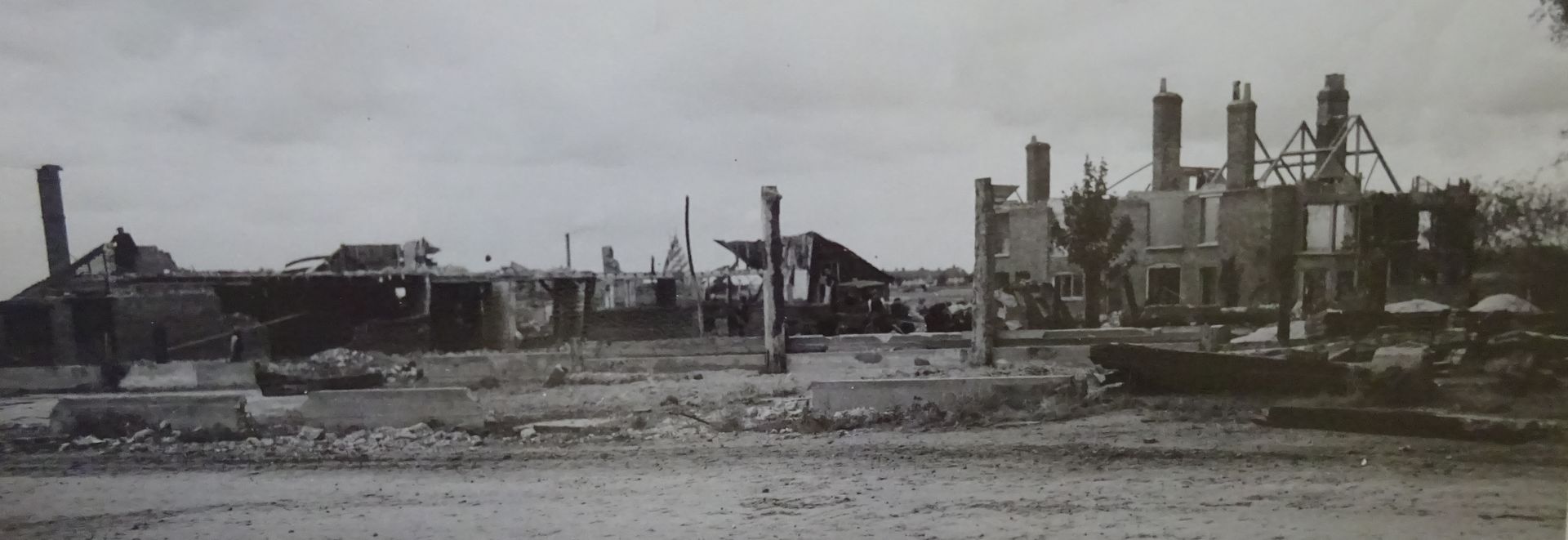
The villages around Heathrow have been blighted since 1946 as successive governments have procrastinated and made bad decisions about expanding the airport. These former rural agricultural villages have been fighting airport expansion for eighty years, meanwhile the Grade II listed buildings have deteriorated and the community are exhausted by years of protest.
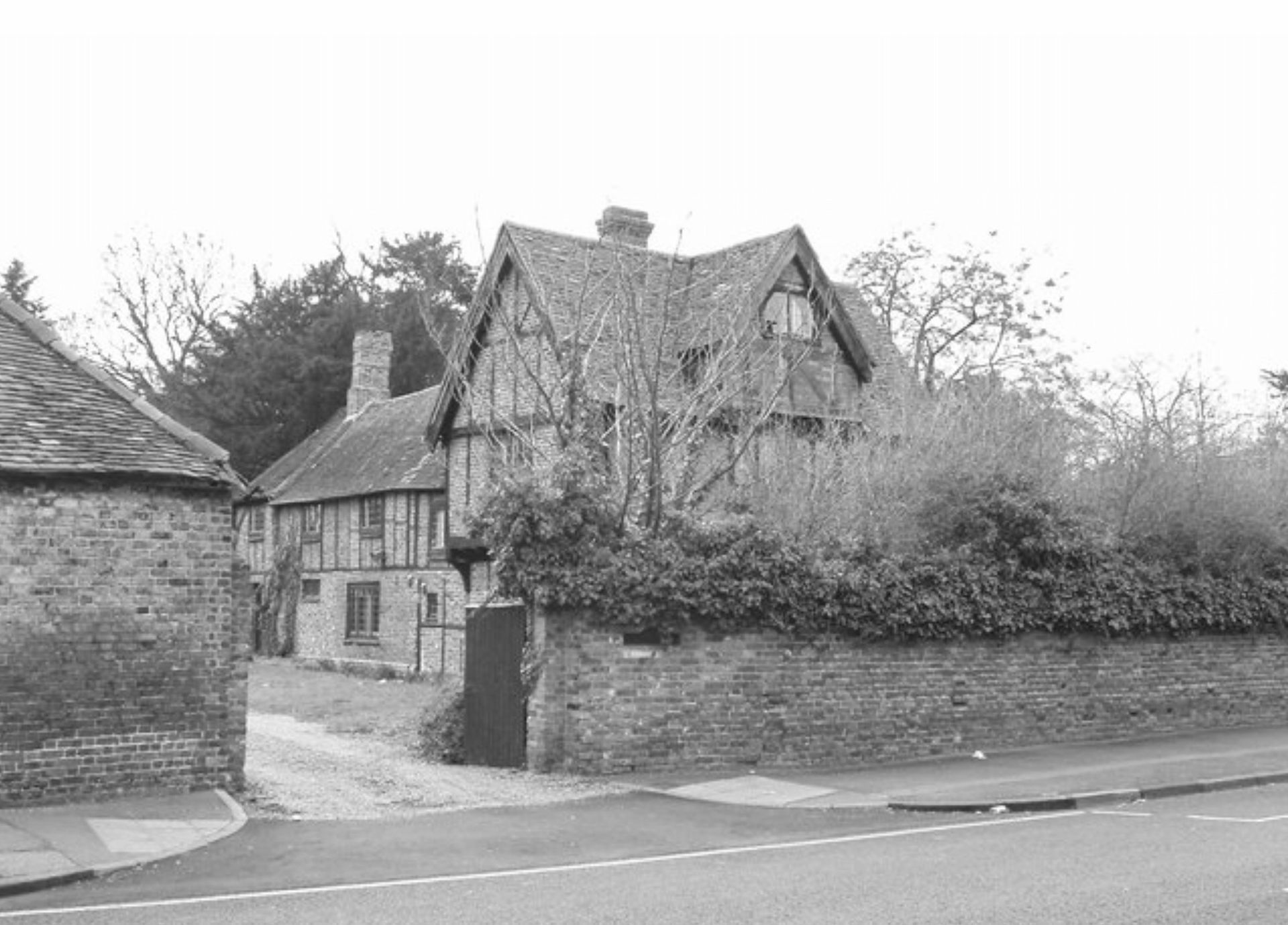
The Kings Head later called The Peggy Bedford is a Grade II listed Elizabethan building in Longford, Middlesex, that was a major coaching inn on the Bath Road (A4) for centuries. Now blighted by the prospect of the whole village being demolished under the Heathrow expansion plans, it lies, empty and derelict and on the At Risk register.
